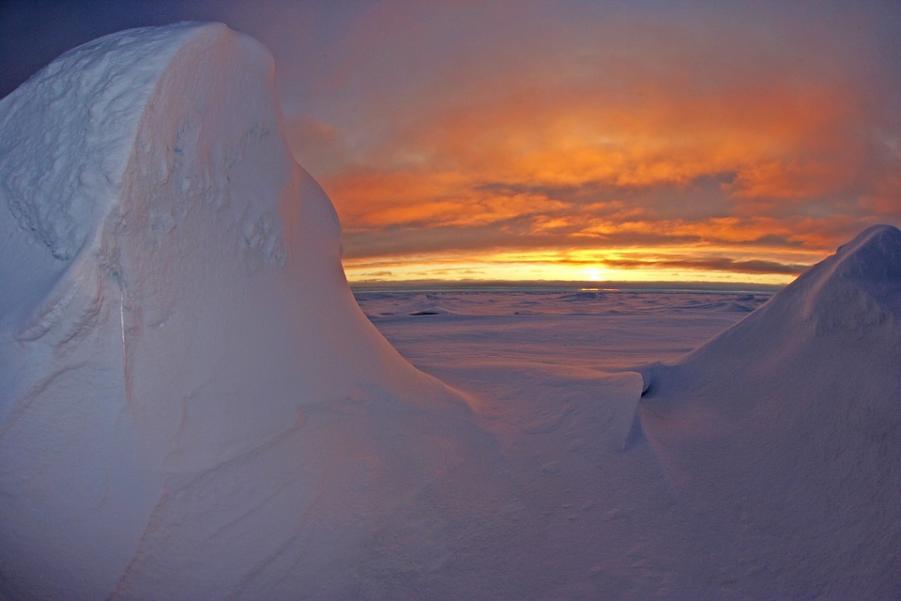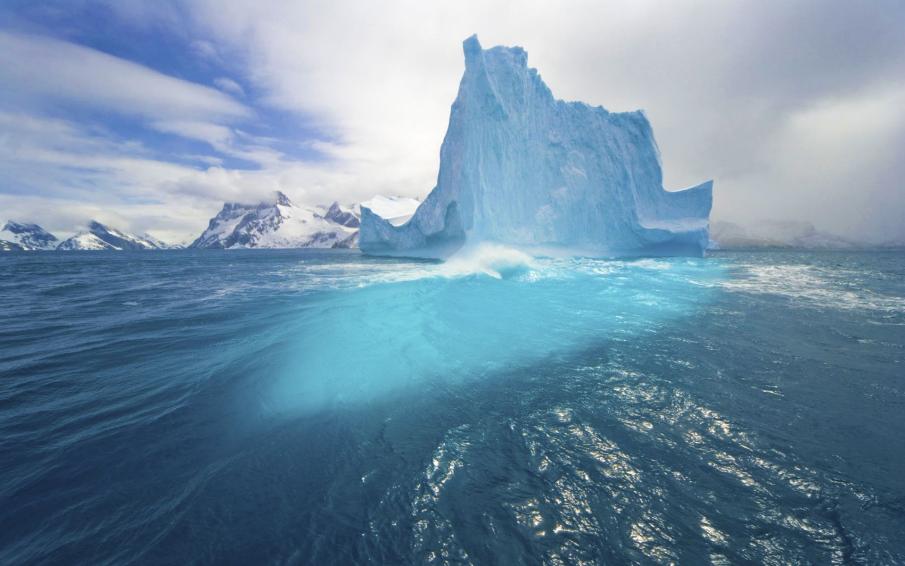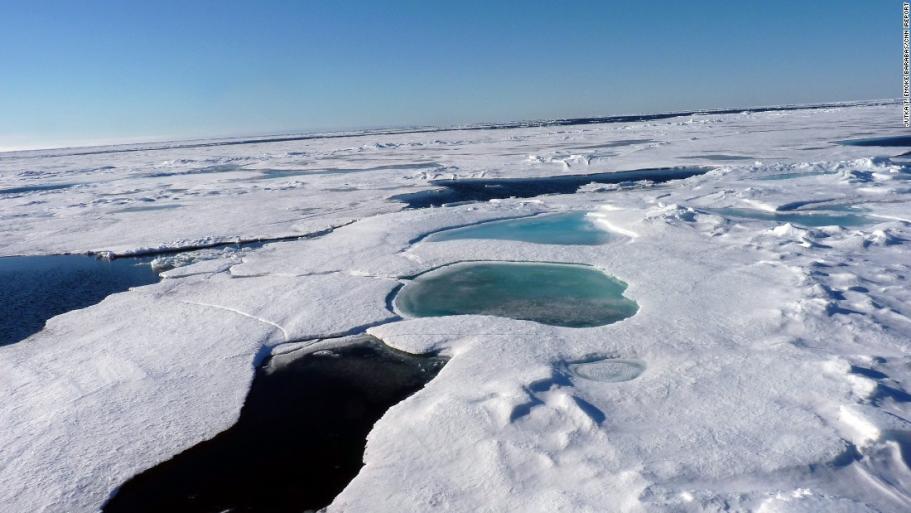Unveiling the Secrets of the Arctic: Exploring the Northern Lights
In the vast expanse of the Arctic, beneath the celestial canopy, lies a natural phenomenon that has captivated humanity for centuries: the Northern Lights, also known as Aurora Borealis. This mesmerizing celestial display, with its vibrant colors and ethereal movements, has inspired awe, wonder, and countless stories throughout history. Join us as we embark on a journey to unravel the secrets of the Arctic and explore the captivating beauty of the Northern Lights.

I. Understanding The Northern Lights:
The Northern Lights are a result of a complex interplay between solar activity, the Earth's magnetic field, and the Earth's atmosphere. When charged particles from the sun, known as the solar wind, interact with the Earth's magnetic field, they are guided towards the poles. As these particles collide with atoms and molecules in the atmosphere, they excite them, causing them to emit light. This phenomenon, known as auroral emission, gives rise to the breathtaking displays of the Northern Lights.
- Solar Activity: The intensity and frequency of the Northern Lights are directly influenced by solar activity. During periods of high solar activity, such as solar storms, the solar wind is more intense, resulting in more frequent and vibrant auroral displays.
- Earth's Magnetic Field: The Earth's magnetic field acts as a guide for the charged particles from the sun, directing them towards the poles. This is why the Northern Lights are primarily visible in high-latitude regions, such as Alaska, Canada, Norway, and Iceland.
- Atmospheric Composition: The composition of the Earth's atmosphere also plays a role in the colors and patterns of the Northern Lights. The altitude and density of the atmospheric layers determine the types of atoms and molecules that the charged particles collide with, influencing the colors emitted.
II. Colors And Patterns Of The Aurora:
The Northern Lights are renowned for their mesmerizing colors and ever-changing patterns. The most common color is a vibrant green, caused by the excitation of oxygen atoms in the atmosphere. However, the aurora can also display shades of red, purple, blue, and even yellow, depending on the altitude and composition of the atmospheric layers.
- Colors: The colors of the Northern Lights are determined by the type of atoms and molecules that the charged particles collide with. Oxygen atoms emit green light, nitrogen atoms emit red and blue light, and helium atoms emit yellow light.
- Patterns: The Northern Lights can take on various forms, including curtains, rays, coronas, and arcs. Curtains are long, flowing sheets of light that hang from the sky. Rays are narrow beams of light that shoot upwards from the horizon. Coronas are circular or oval-shaped displays that surround the magnetic poles. Arcs are horizontal bands of light that stretch across the sky.
III. Observing The Northern Lights:

Witnessing the Northern Lights is an experience that leaves a lasting impression. Here are some tips for planning a successful aurora-watching trip:
- Location: The best places to see the Northern Lights are high-latitude regions, such as Alaska, Canada, Norway, and Iceland. These regions are located within the auroral oval, an area where the Northern Lights are most frequently visible.
- Time of Year: The Northern Lights are most visible during the winter months, from September to April, when the nights are longer and the skies are darker.
- Weather Conditions: Clear skies and minimal light pollution are ideal conditions for observing the Northern Lights. Check the weather forecast and choose a location with low levels of light pollution.
- Equipment: Bring warm clothing, a camera with a tripod, and a wide-angle lens to capture stunning images of the aurora.
IV. Cultural Significance And Folklore:
The Northern Lights have held cultural and spiritual significance for indigenous communities and societies throughout history. In many cultures, the aurora was seen as a sign from the gods, a harbinger of good or bad fortune, or a bridge between the worlds of the living and the dead.
- Indigenous Beliefs: Many indigenous communities believed that the Northern Lights were the spirits of their ancestors dancing in the sky. Others saw them as a sign of good fortune or a warning of impending danger.
- Mythology and Art: The Northern Lights have been depicted in mythology, art, and literature across cultures. In Norse mythology, the aurora was associated with the Valkyries, who were believed to carry the souls of fallen warriors to Valhalla. In Japanese culture, the aurora was seen as a manifestation of the kami, or spirits of nature.
V. Scientific Research And Discoveries:

The Northern Lights have been a subject of scientific study for centuries. Recent research has shed light on the intricate processes behind the aurora and its impact on the Earth's environment.
- Auroral Substorms: Scientists have identified auroral substorms, which are sudden bursts of energy that occur within the aurora. These substorms can cause rapid changes in the aurora's intensity and color.
- Space Weather: The Northern Lights are a manifestation of space weather, which refers to the conditions and processes in the Earth's magnetosphere and ionosphere. Studying the aurora helps scientists understand space weather and its potential impact on Earth's climate and communication systems.
- Citizen Science: Amateur aurora observers play a vital role in scientific research. By reporting their observations, citizen scientists contribute to a better understanding of the aurora's behavior and help scientists track its occurrence and intensity.
VI. Conclusion:
The Northern Lights are a testament to the beauty and wonder of our planet. They are a reminder of the interconnectedness of the Earth's systems and the vastness of the universe beyond. As we continue to explore and understand the Arctic and its phenomena, we deepen our appreciation for the delicate balance of nature and the importance of preserving our planet's natural wonders for generations to come.
Join the journey of discovery and exploration. Witness the Northern Lights, immerse yourself in the cultural traditions and scientific wonders surrounding this celestial phenomenon, and become a part of the global community dedicated to understanding and protecting the Arctic and its treasures.
YesNo

Leave a Reply